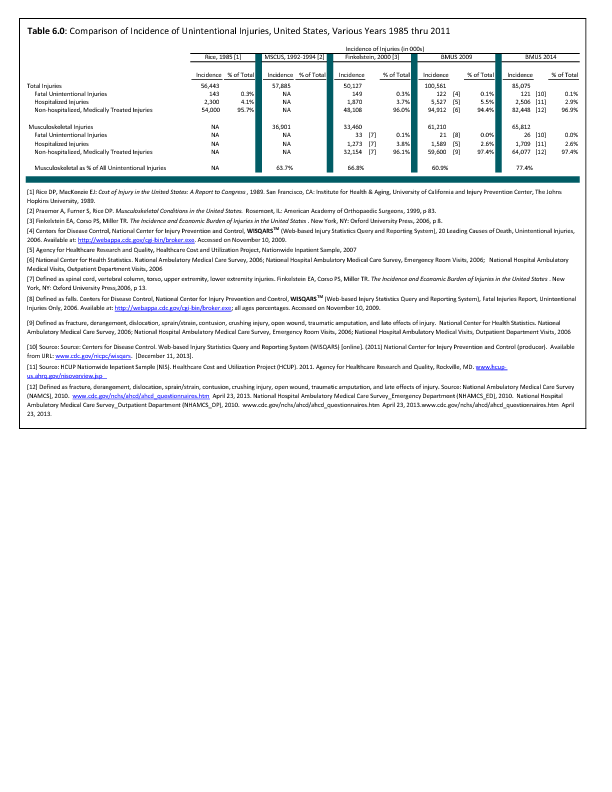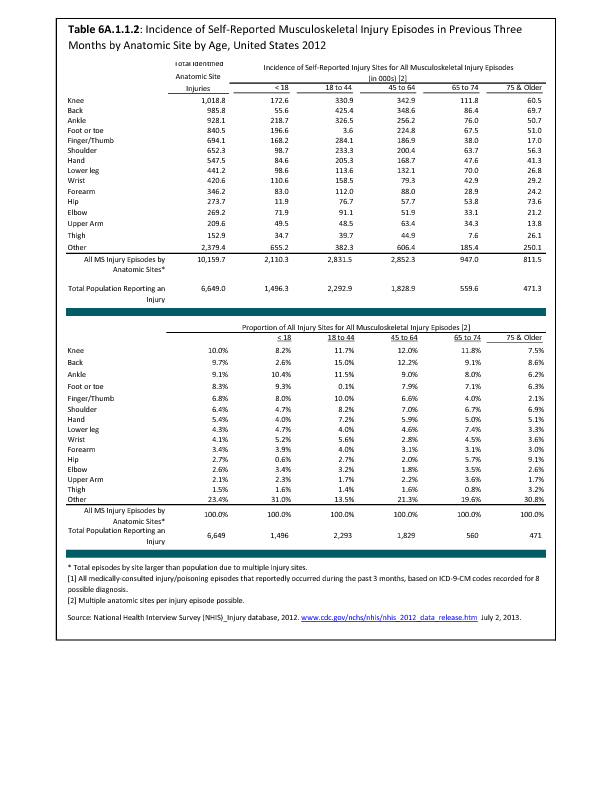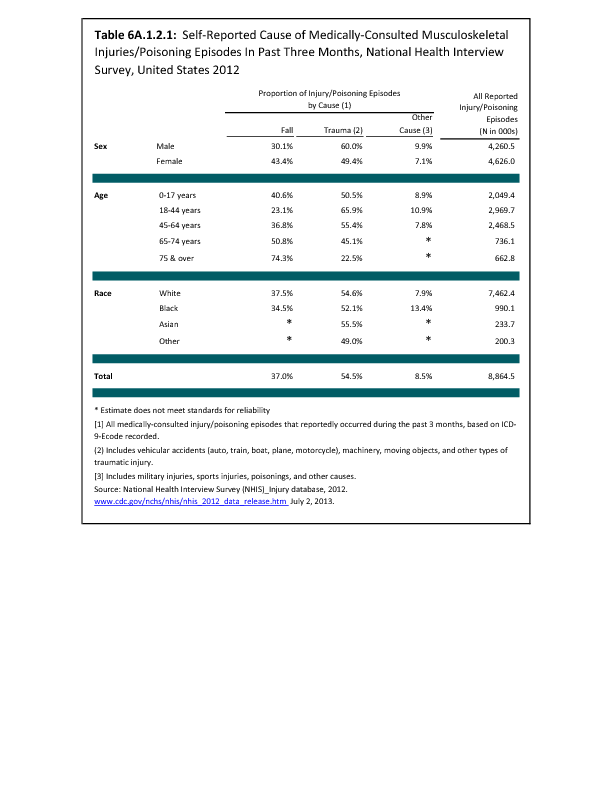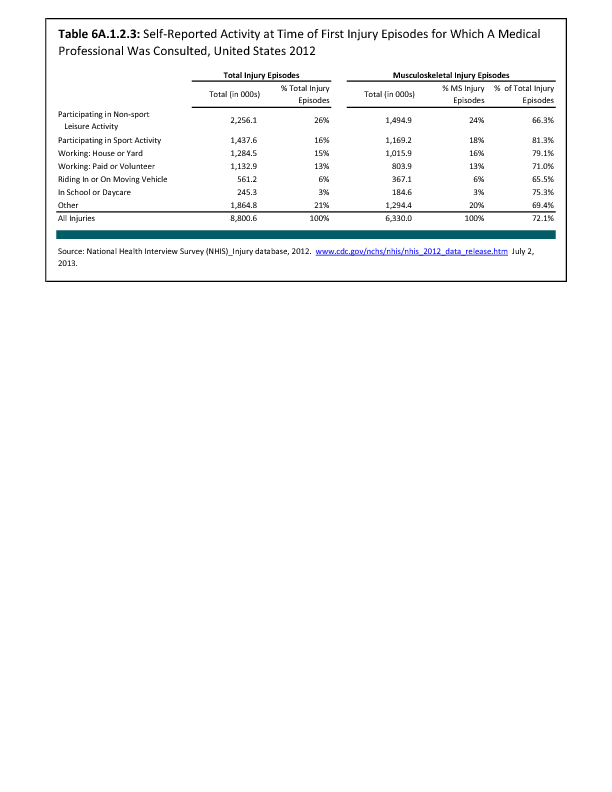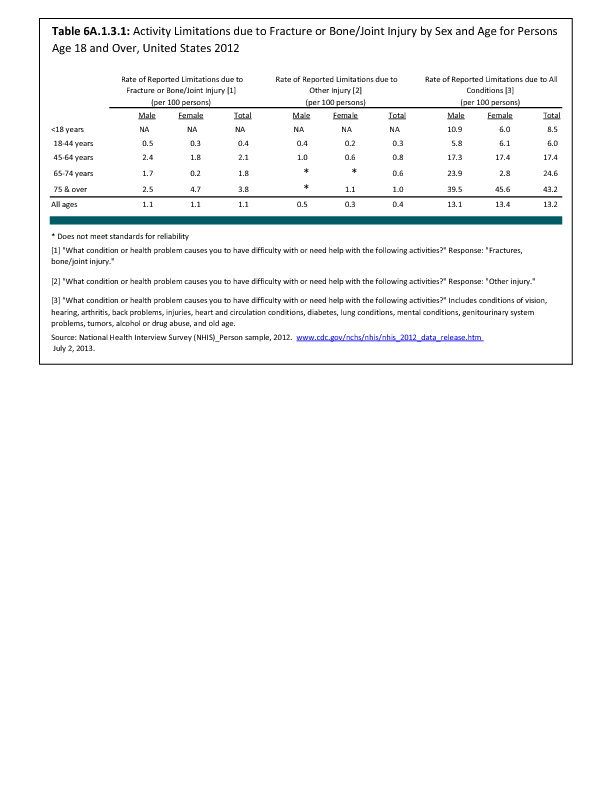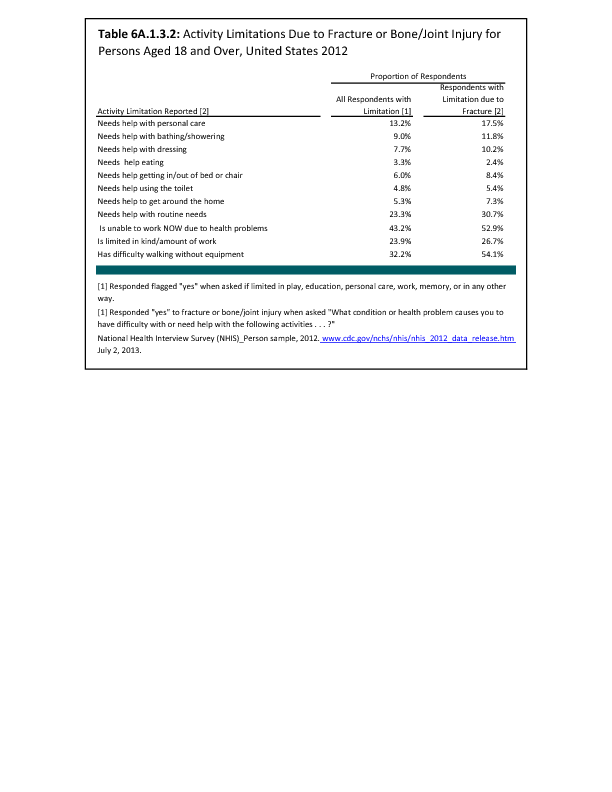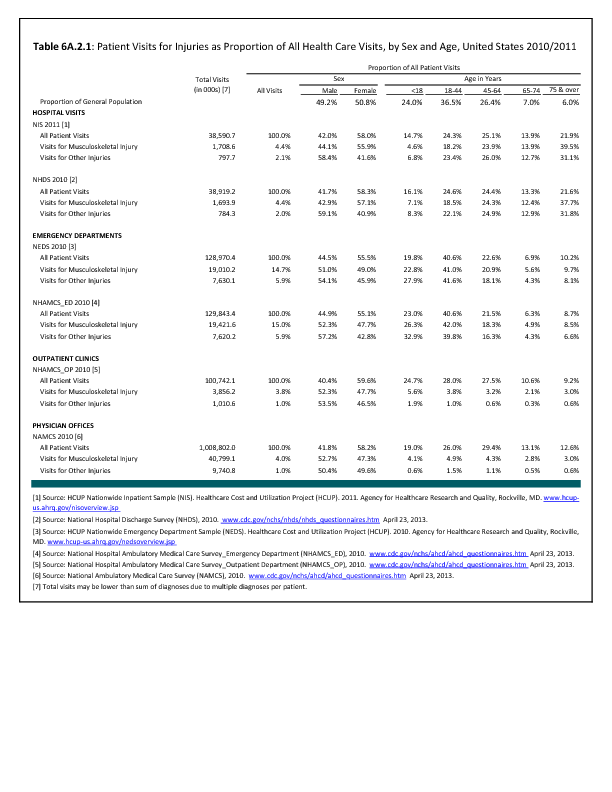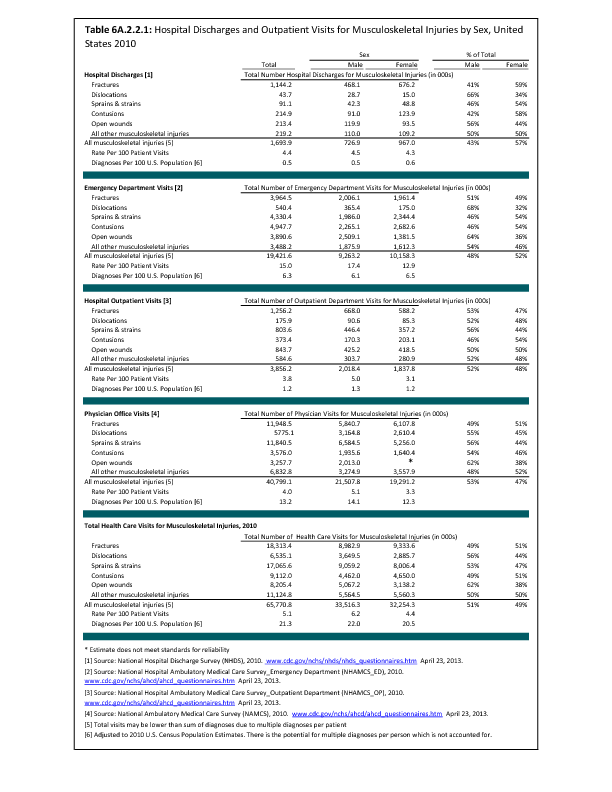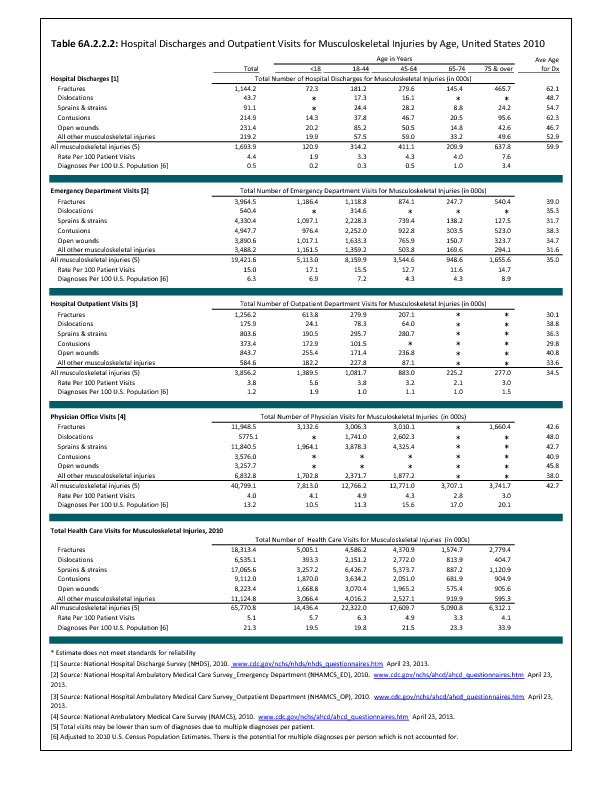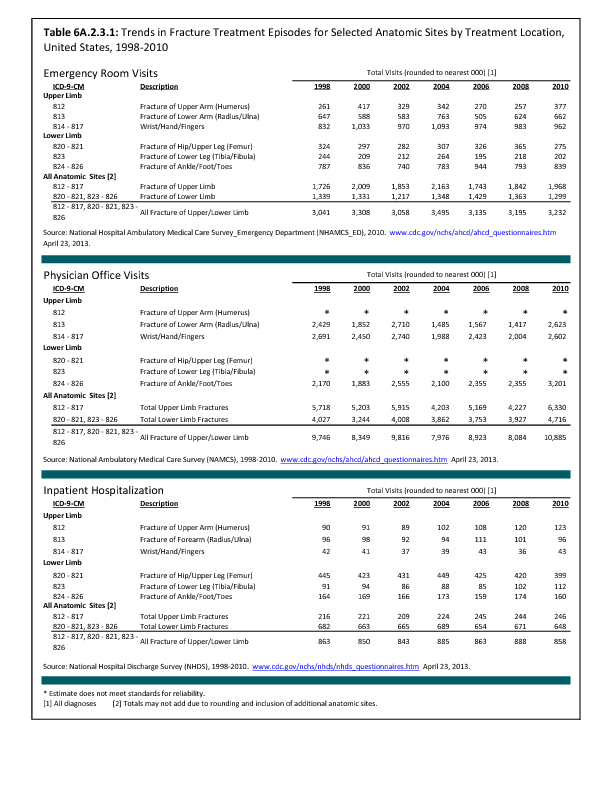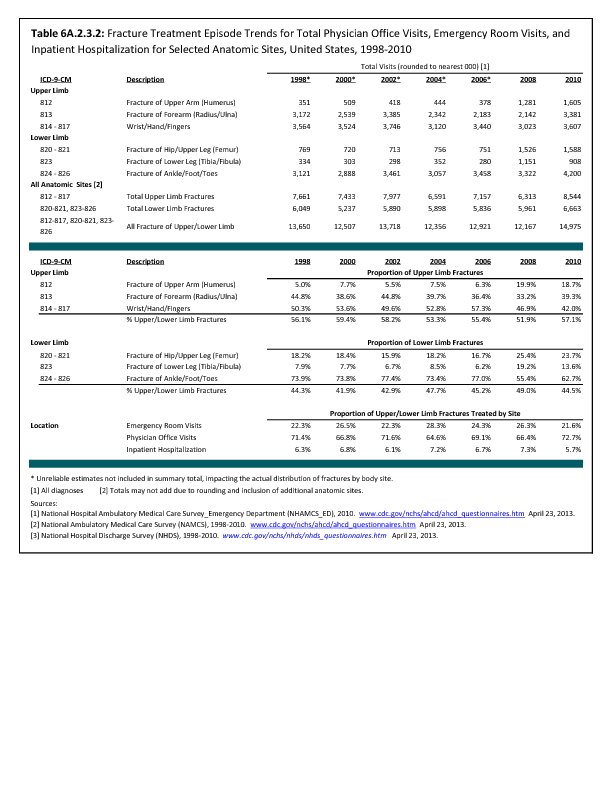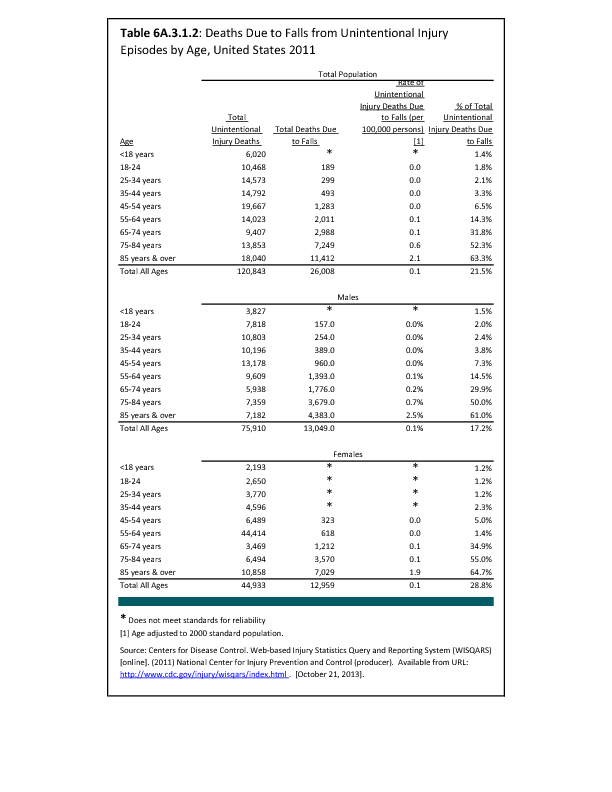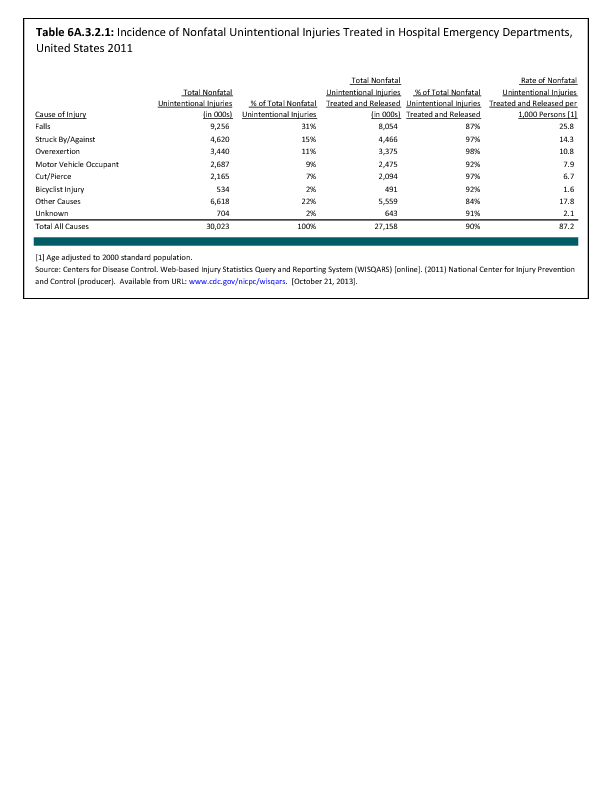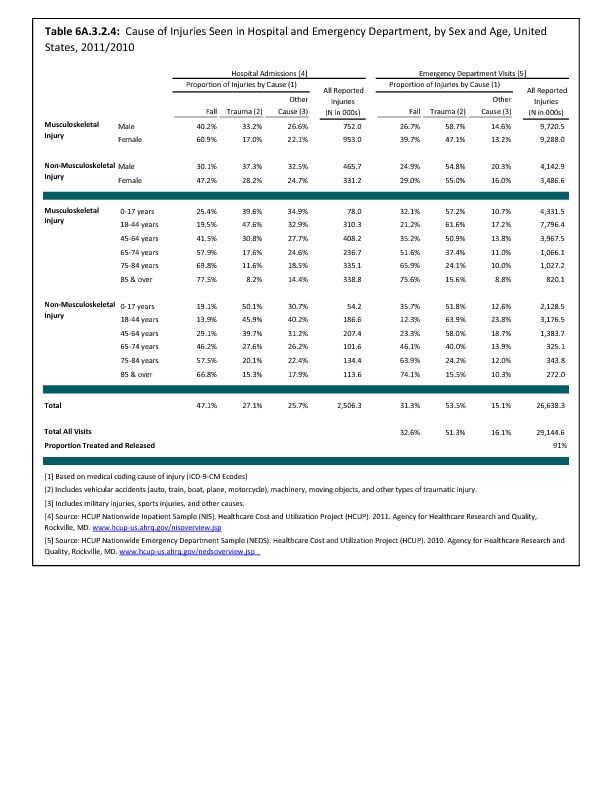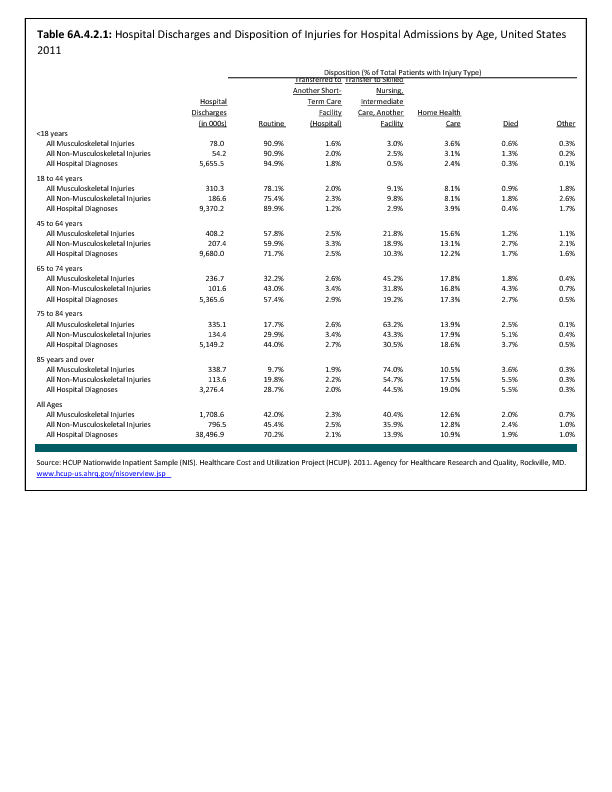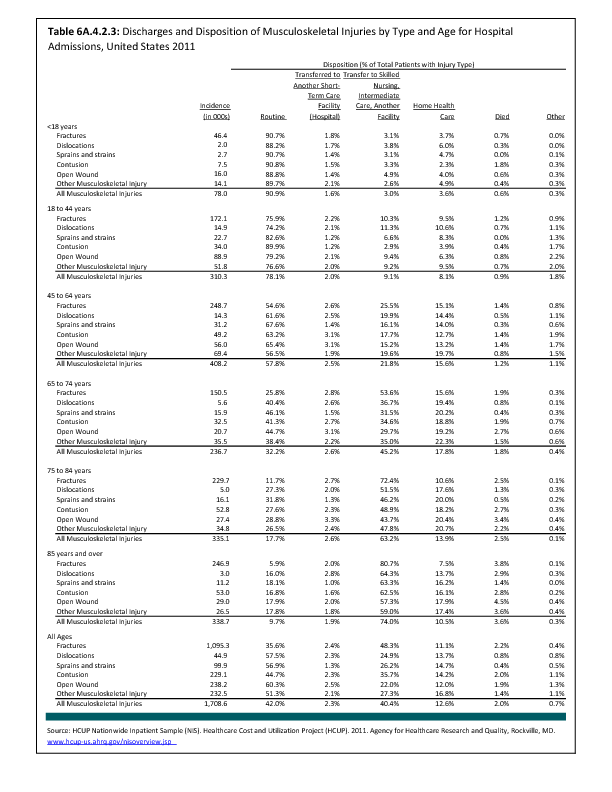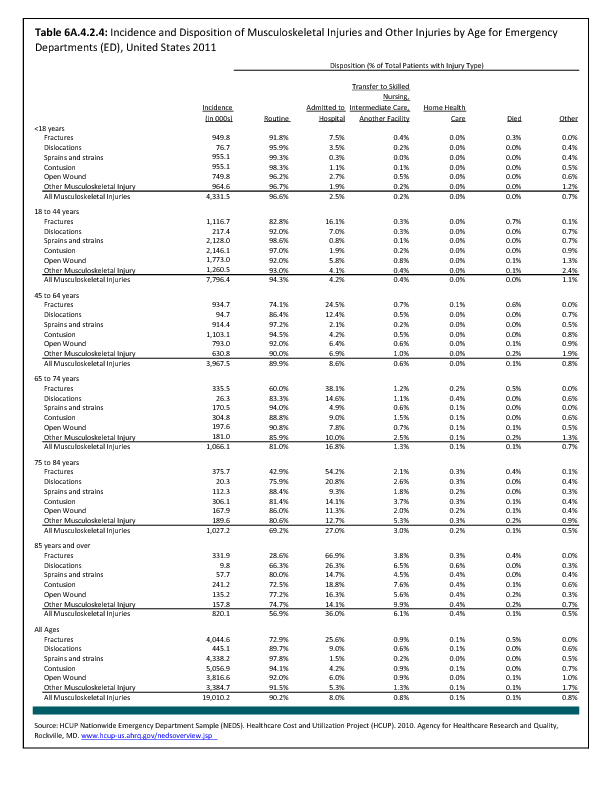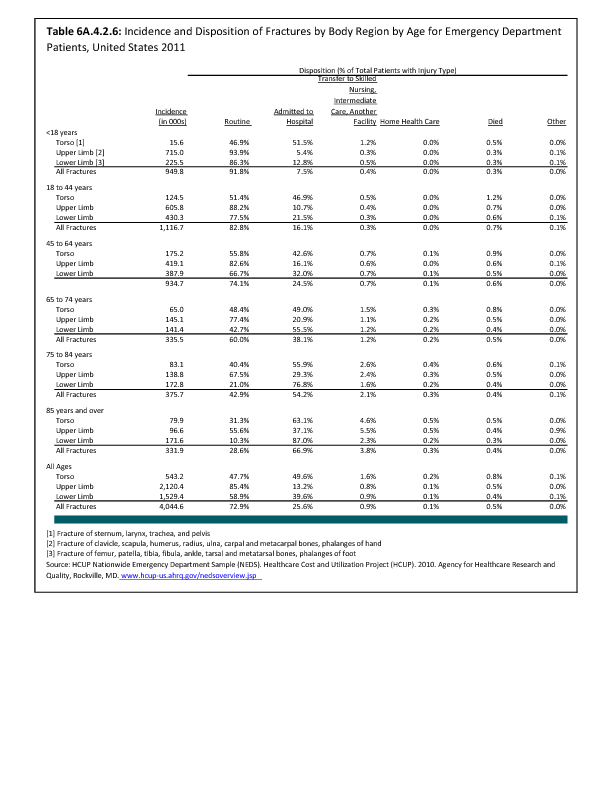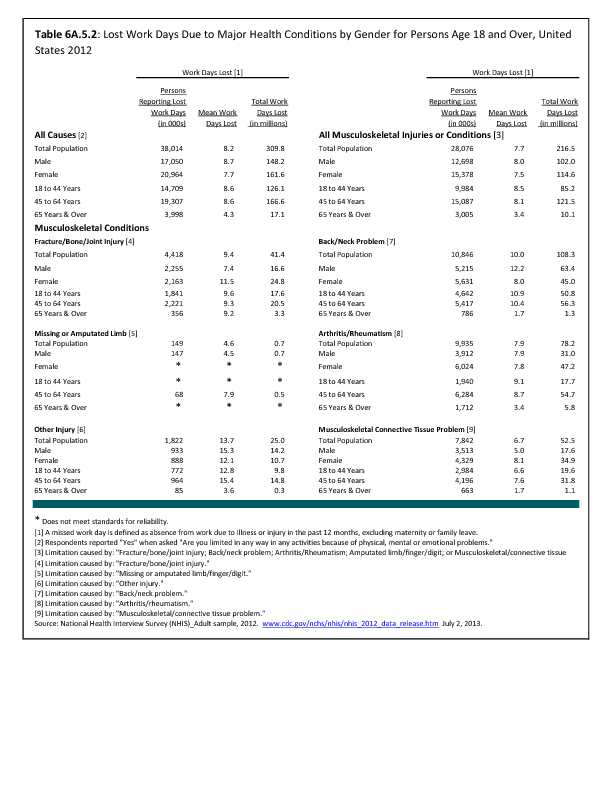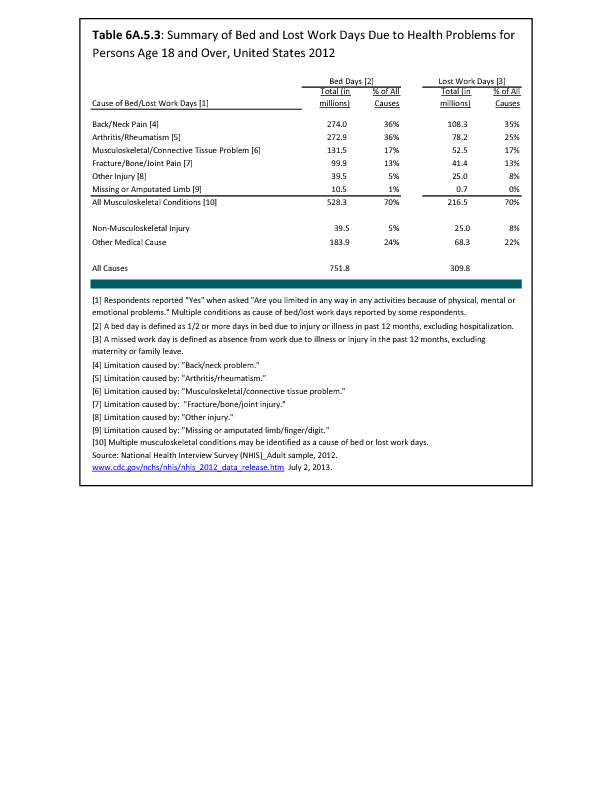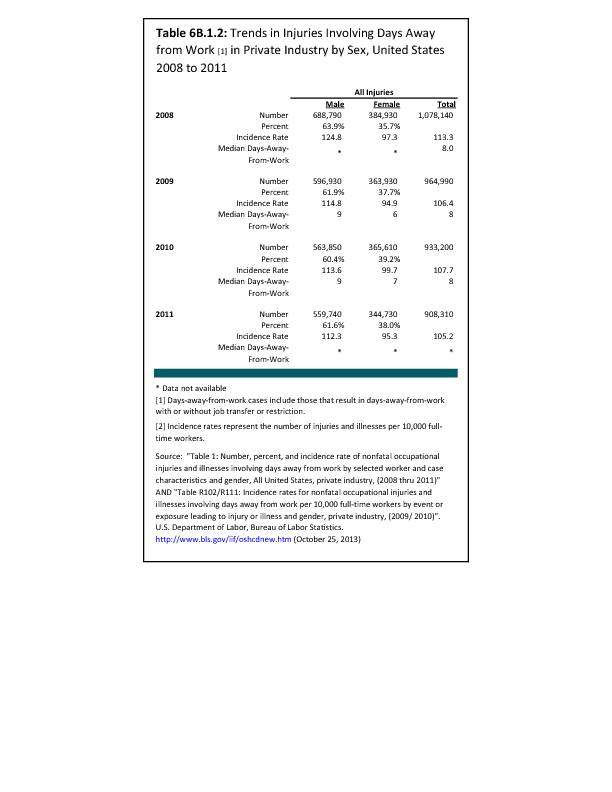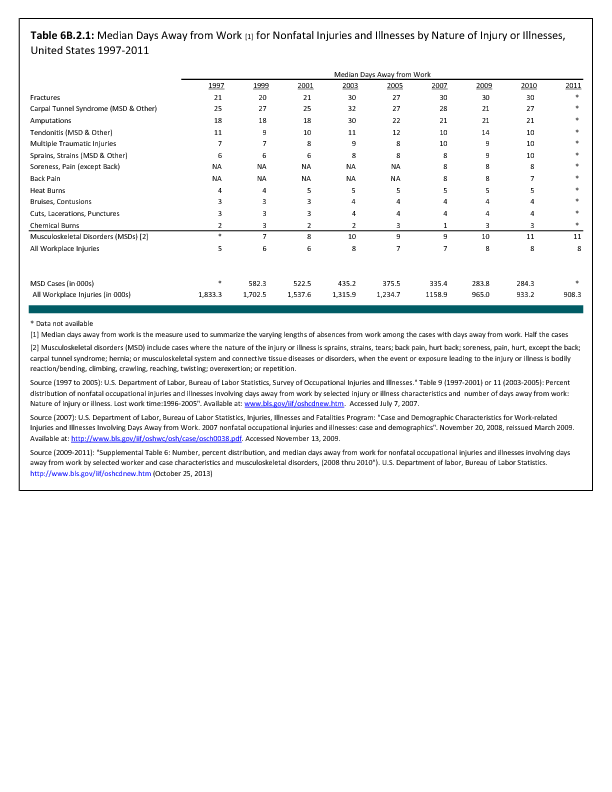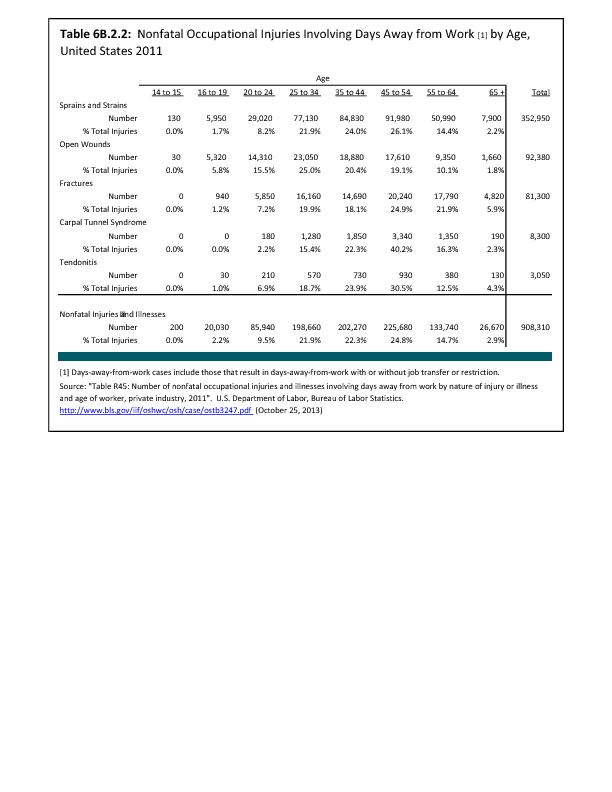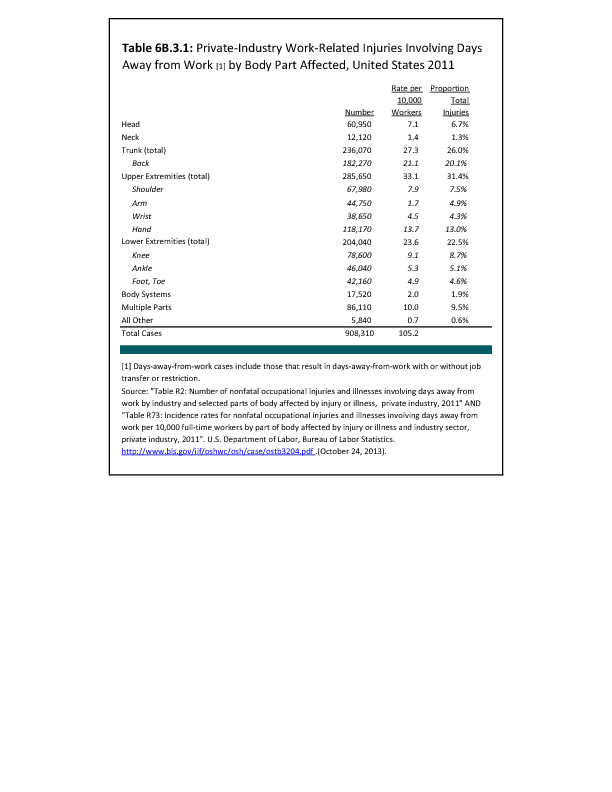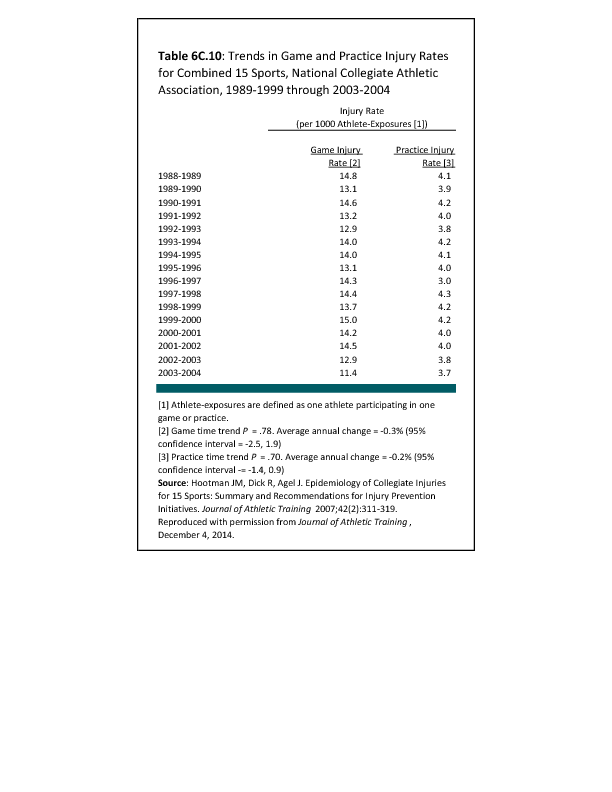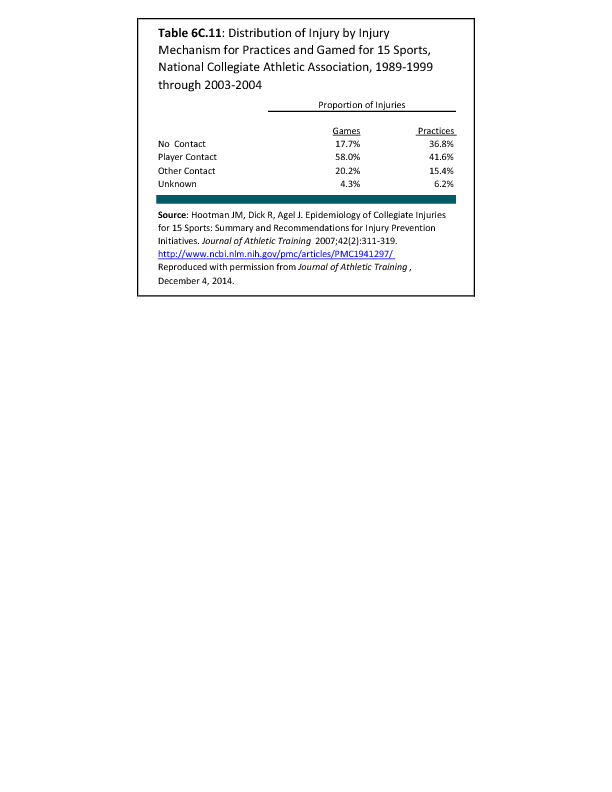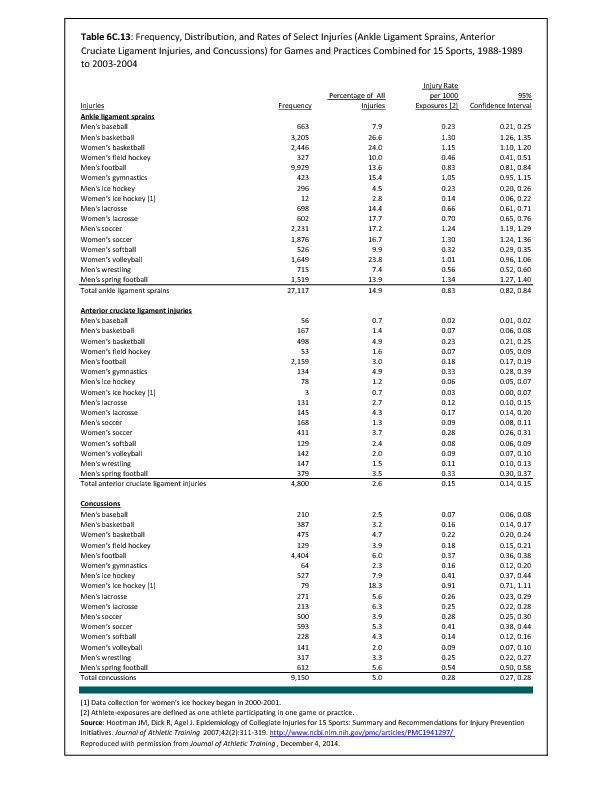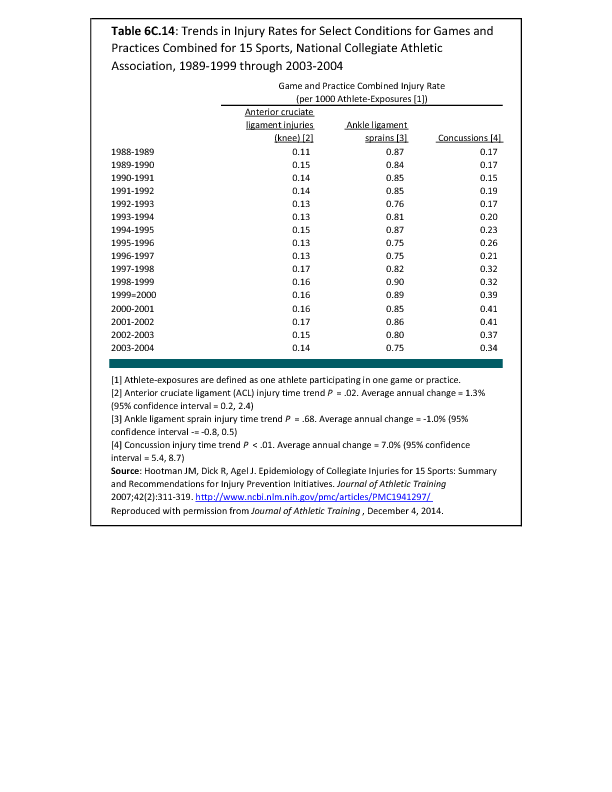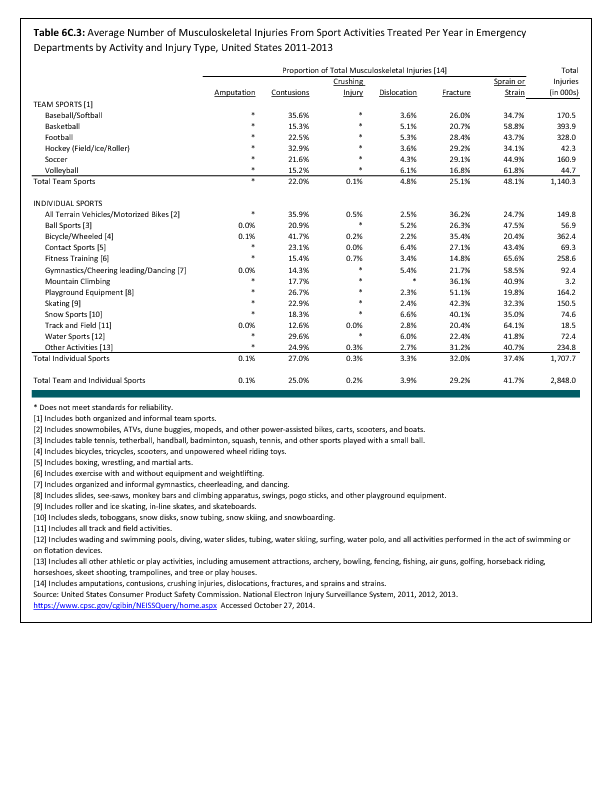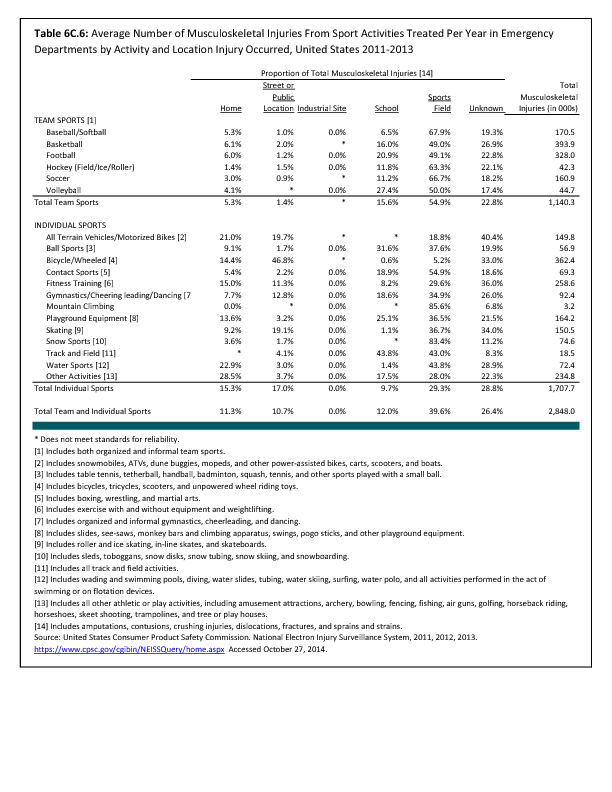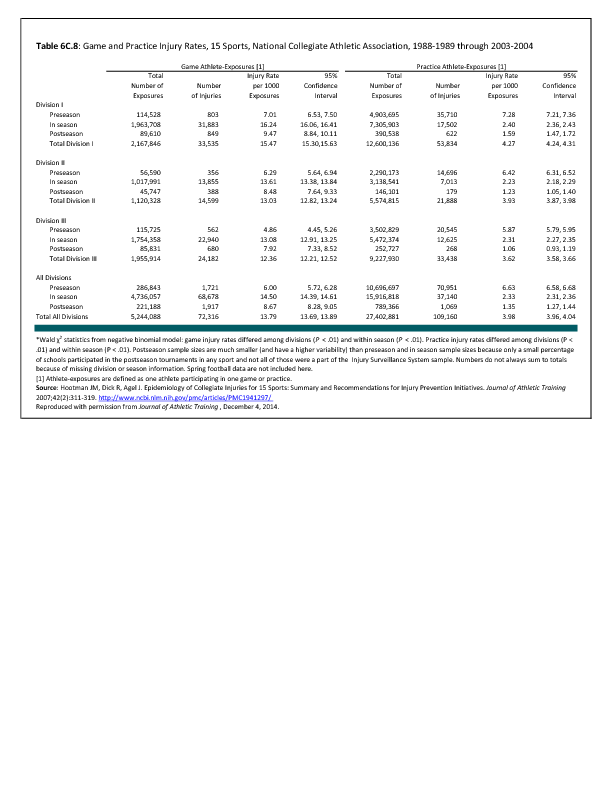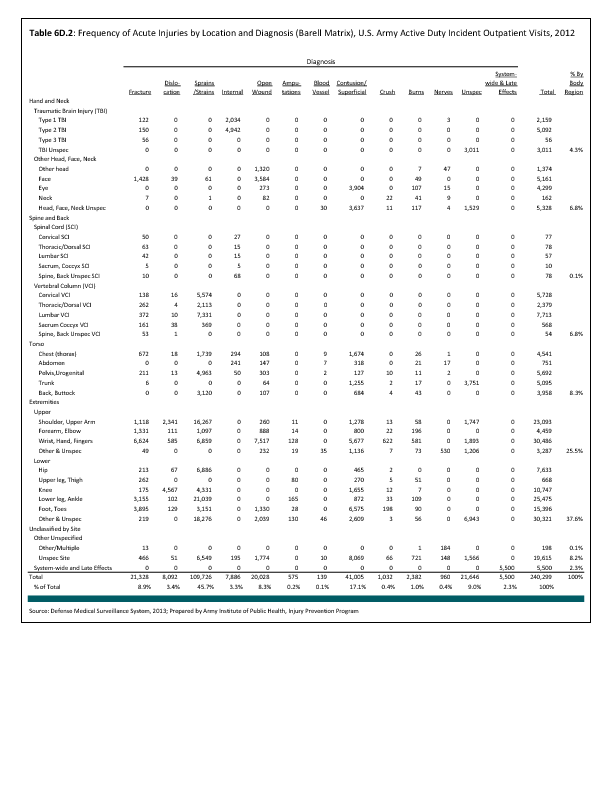To address a large and complex problem such as injuries in the US Army, a systematic approach is needed.1 This approach should include routine assessment of surveillance data, data-driven and objective priorities, pursuit of detailed risk factor analyses, evaluation of existing prevention strategies, and research to address gaps in intervention and risk factor knowledge. Over the past three decades, contributions to Army injury prevention have been made in each of these areas, including the establishment of deployment injury surveillance capabilities2 and implementation of a data-driven process to define Army injury prevention priorities.3 Epidemiologic analyses and program evaluations have described potential technologies to address motor vehicle crashes among Army personnel4 and the effects of extreme conditioning program elements incorporated into unit physical training.5 Systematic reviews have defined physical training programs to enhance load carriage performance6 and interventions to prevent physical training-related injuries.7 Research efforts have quantified physical-training activities in Army basic training8 and described physical training to improve performance on tactical occupational tasks.9
To maintain progress, continued focus on leading causes of Army injuries such as physical training/exercise, sports, falls, and motor vehicle (land transport) crashes is needed. Collaborations with academia and other government organizations will aid in identifying modifiable causes, risk factors, and effective prevention strategies. Fostering existing and new partnerships between Army leadership, public health, safety, research, health promotion, and other communities will be critical for the success of military injury prevention activities. Given the magnitude and severity of the problem of injuries, effective injury prevention will make a significant contribution to the health and productivity of soldiers and the Army.
- 1. Jones BH, Canham-Chervak M, Sleet DA: An evidence-based public health approach to injury priorities and prevention recommendations for the U.S. Military. Am J Prev Med 2010 Jan;38(1 Suppl):S1-10.
- 2. Hauret KG, Taylor BJ, Clemmons NS, Block SR, Jones BH: Frequency and causes of nonbattle injuries air evacuated from Operations Iraqi Freedom and Enduring Freedom, U.S. Army, 2001–2006. Am J Prev Med 2010 Jan;38(1 Suppl):S94-107.
- 3. Canham-Chervak M, Hooper TI, Brennan FH Jr, Craig SC, Girasek DC, Schaefer RA, Barbour G, Yew KS, Jones BH: A systematic process to prioritize prevention activities sustaining progress toward the reduction of military injuries. Am J Prev Med 2010 Jan;38(1 Suppl):S11-8.
- 4. Pollack KM, Yee N, Canham-Chervak M, Rossen L, Bachynski KE, Baker SP: Narrative text analysis to identify technologies to prevent motor vehicle crashes: Examples from military vehicles. J Safety Res 2013 Feb;44:45-9
- 5. Grier T, Canham-Chervak M, McNulty V, Jones BH Extreme conditioning programs and injury risk in a US Army Brigade Combat Team. US Army Med Dep J 2013 Oct-Dec:36-47.
- 6. Knapik JJ, Harman EA, Steelman RA, Graham BS: A systematic review of the effects of physical training on load carriage performance. J Strength Cond Res 2012 Feb;26(2):585-97.
- 7. Bullock SH, Jones BH, Gilchrist J, Marshall SW: Prevention of physical training-related injuries recommendations for the military and other active populations based on expedited systematic reviews. Am J Prev Med 2010 Jan;38(1 Suppl):S156-81.
- 8. Simpson K, Redmond JE, Cohen BS, Hendrickson NR, Spiering BA, Steelman R, Knapik JJ, Sharp MA: Quantification of physical activity performed during US Army Basic Combat Training. US Army Med Dep J 2013 Oct-Dec:55-65
- 9. Hendrickson NR, Sharp MA, Alemany JA, Walker LA, Harman EA, Spiering BA, Hatfield DL, Yamamoto LM, Maresh CM, Kraemer WJ, Nindl BC: Combined resistance and endurance training improves physical capacity and performance on tactical occupational tasks. Eur J Appl Physiol 2010 Aug;109(6):1197-208.
Edition:
- 2014

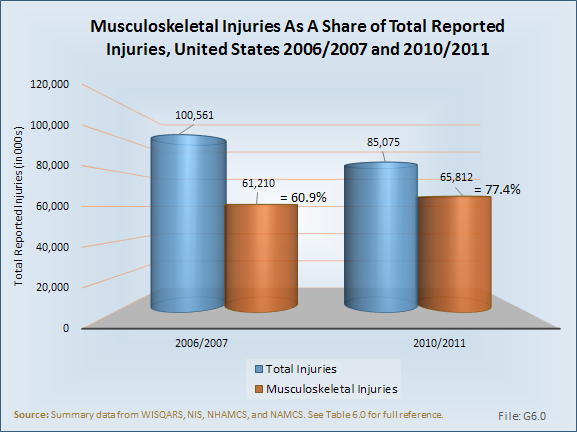
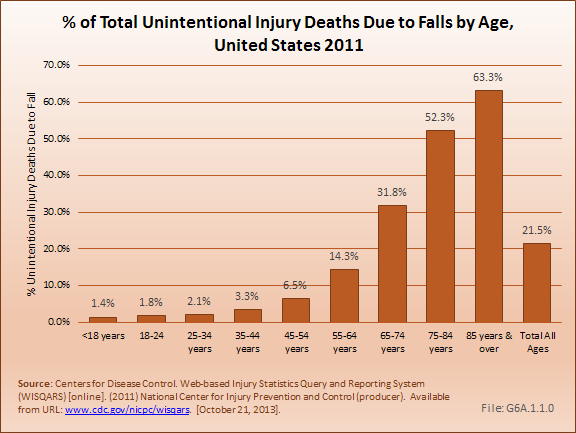
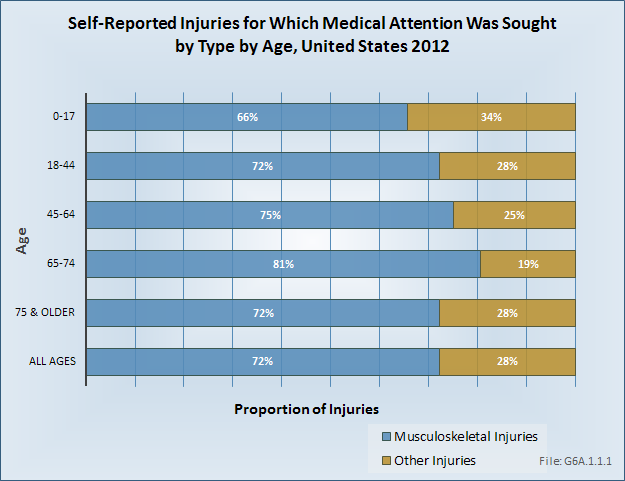
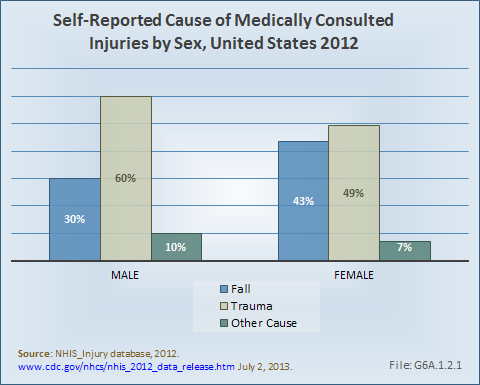
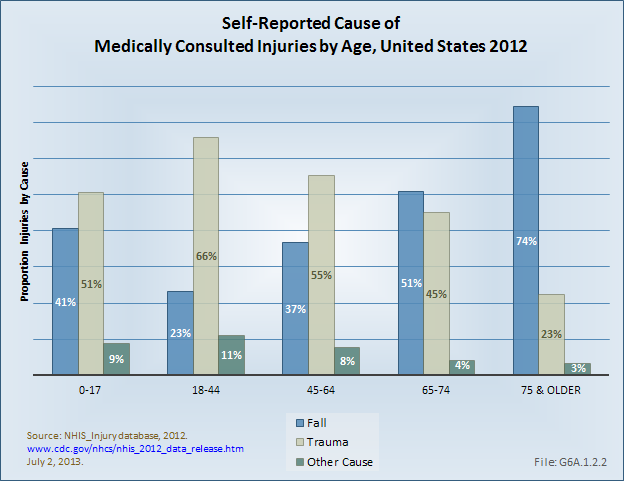
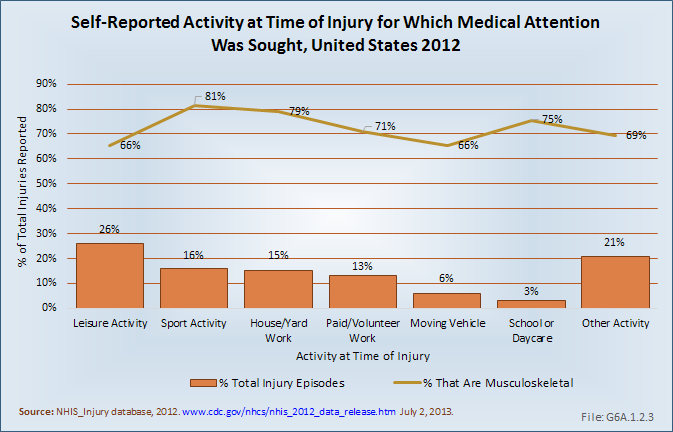
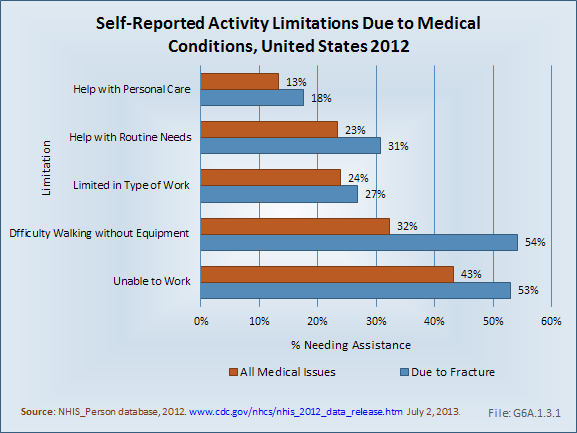
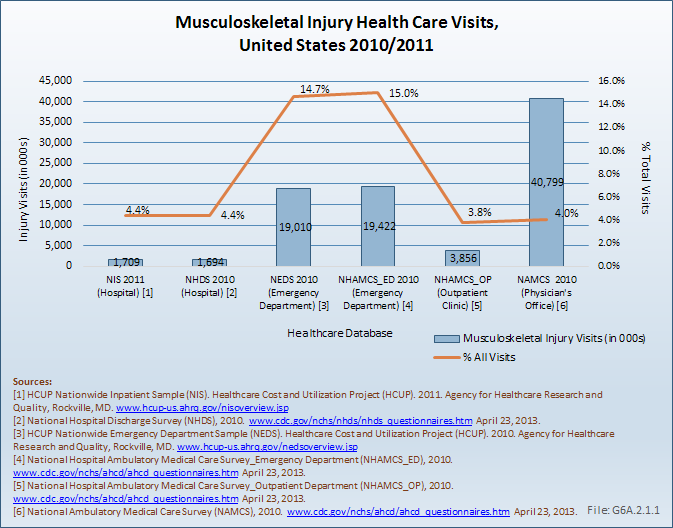
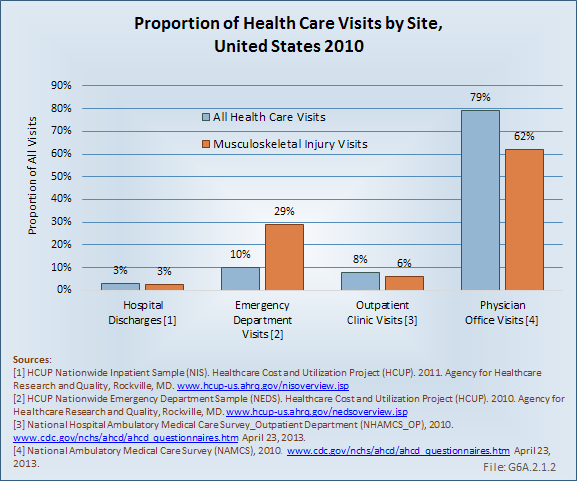
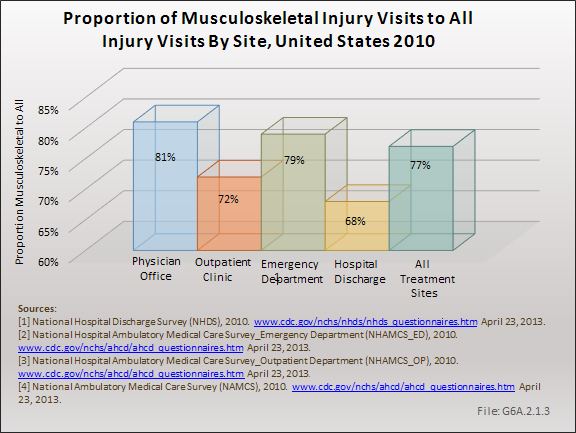
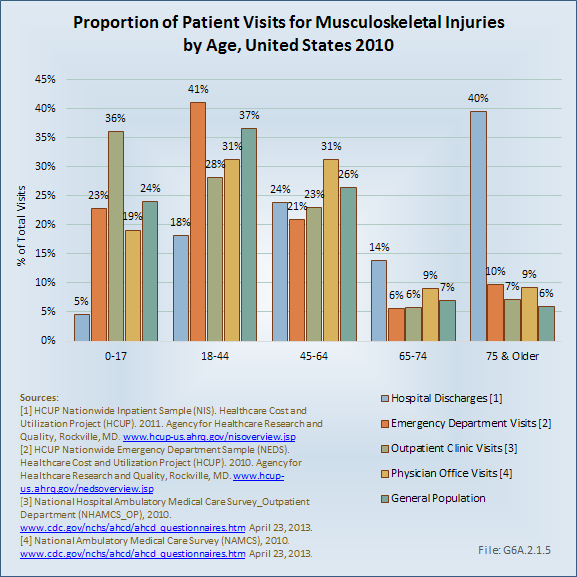
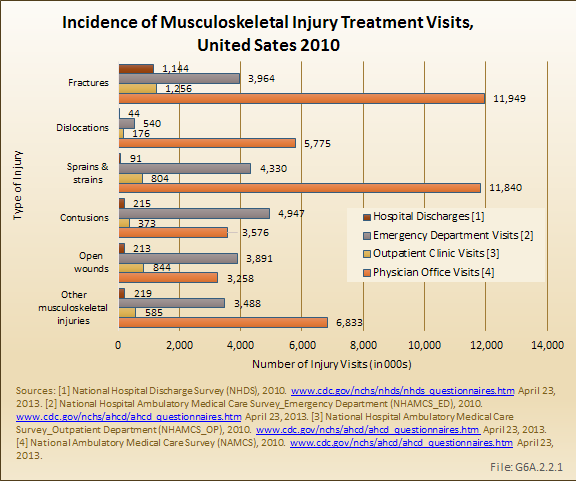
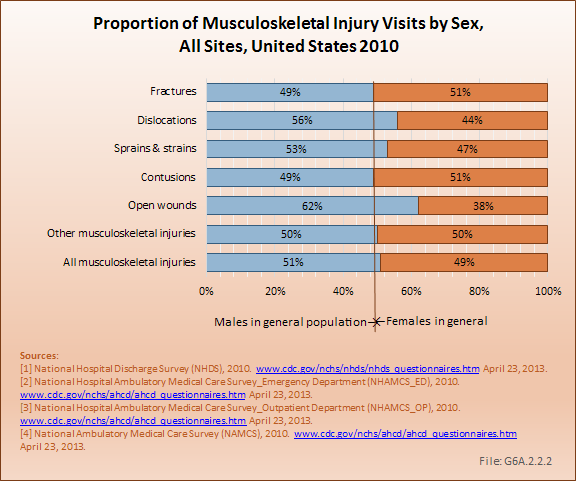
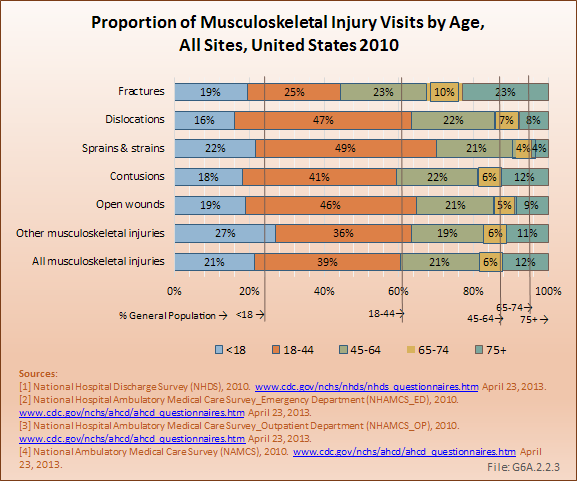
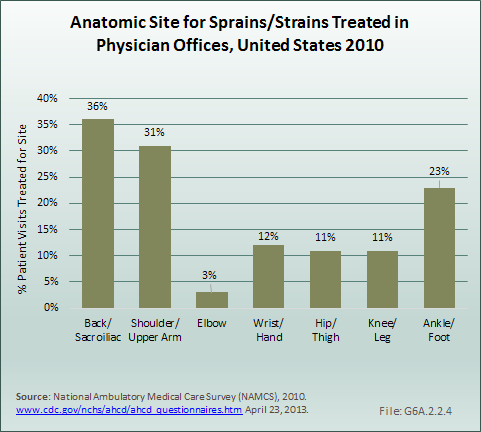
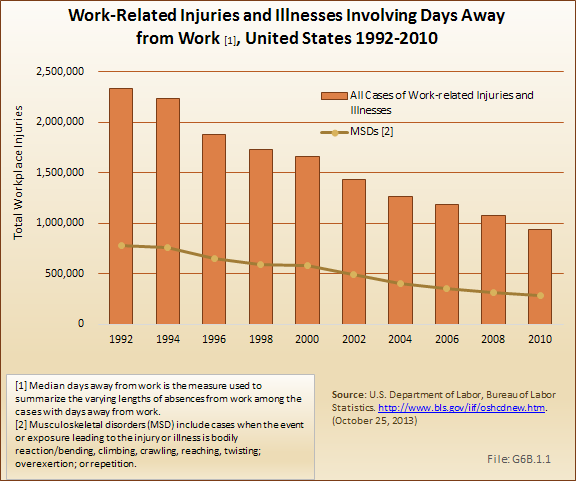
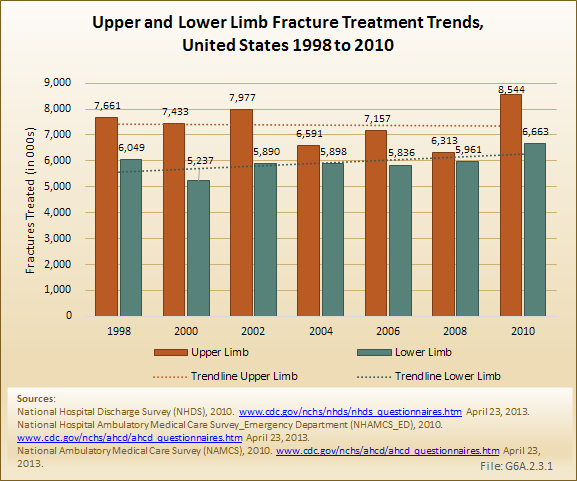
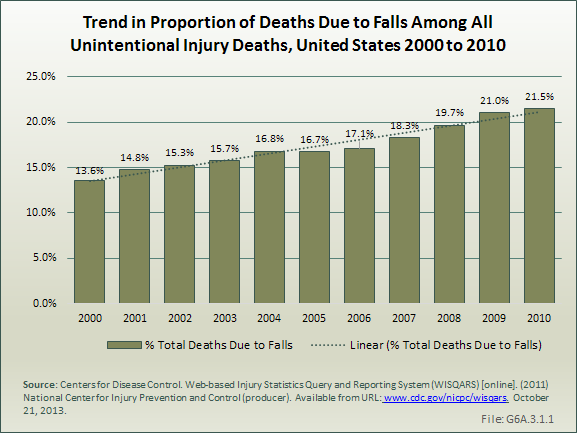
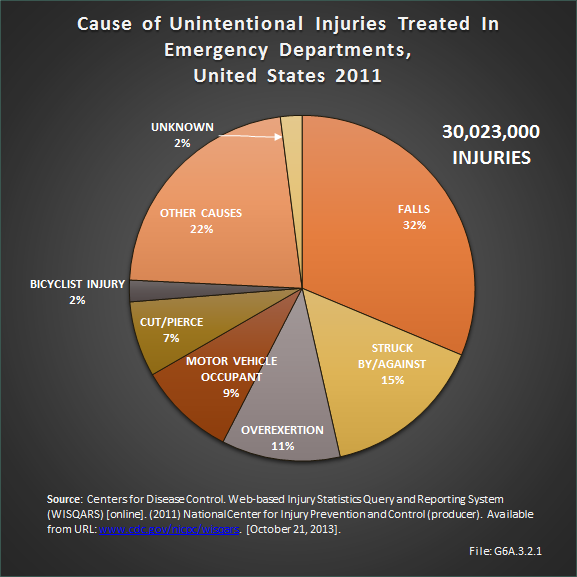
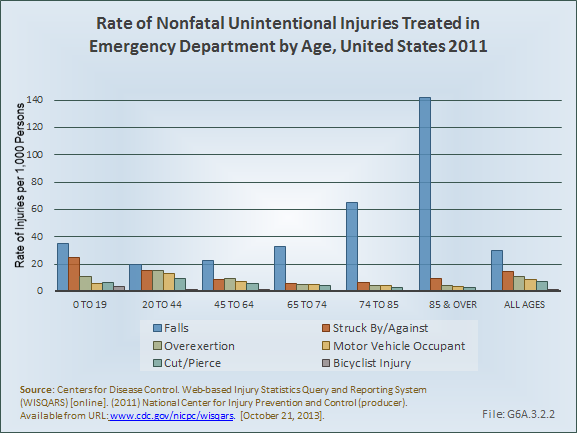
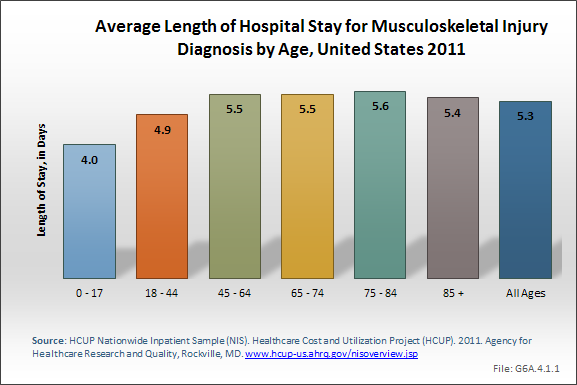
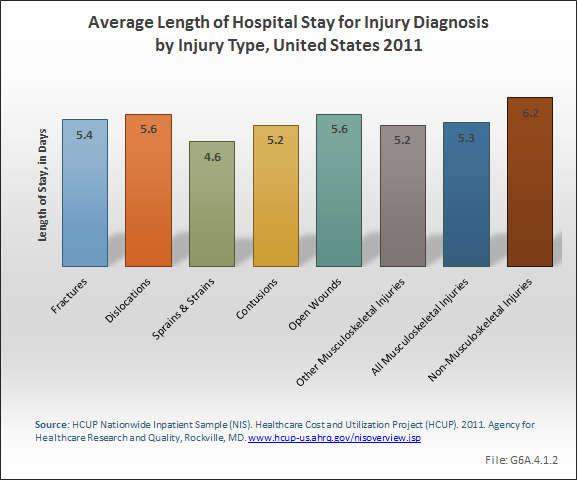
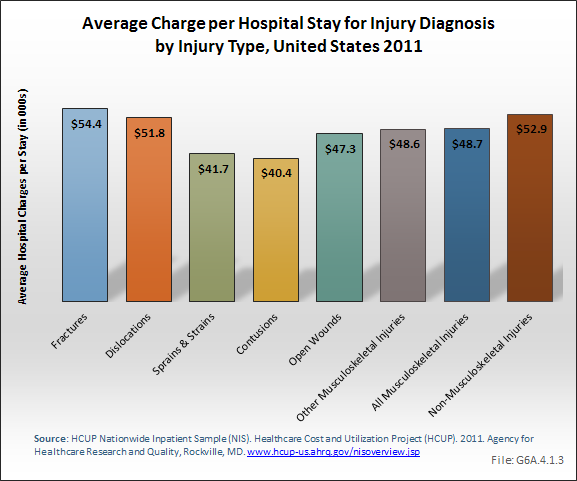
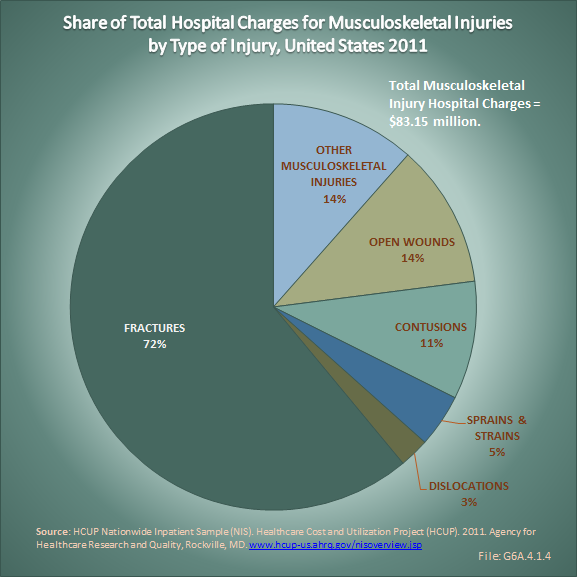
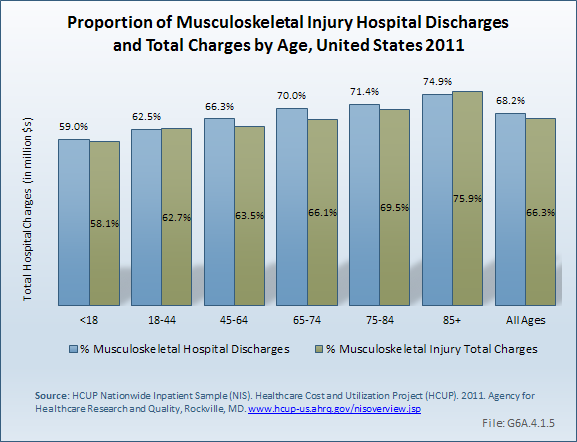
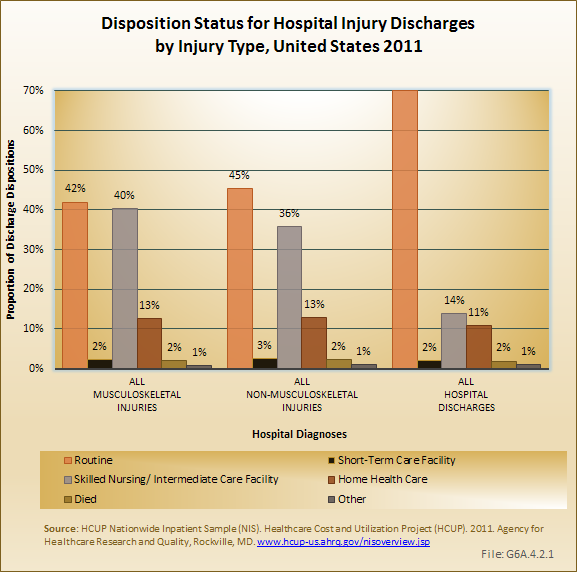
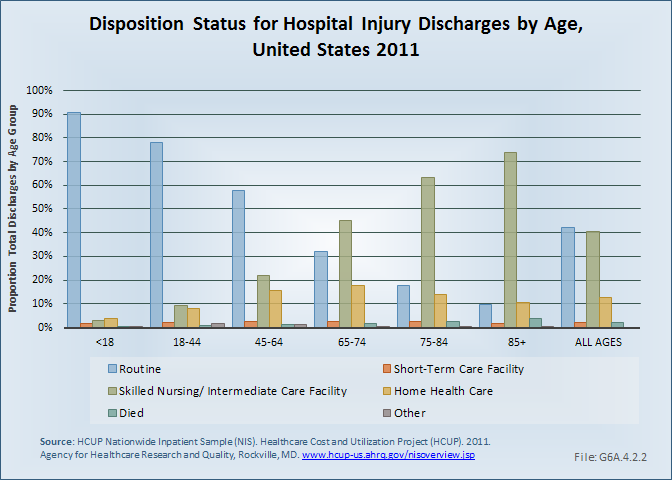
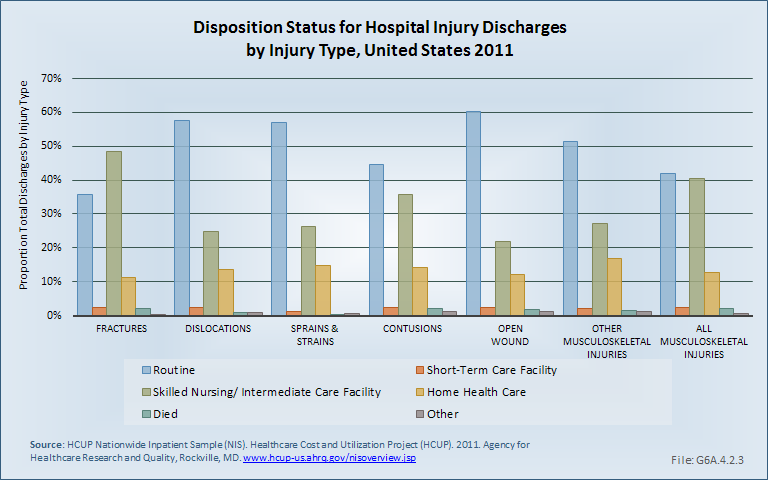
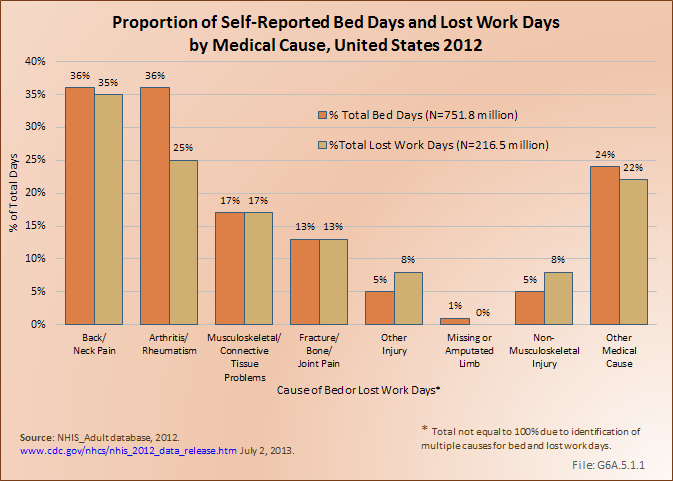
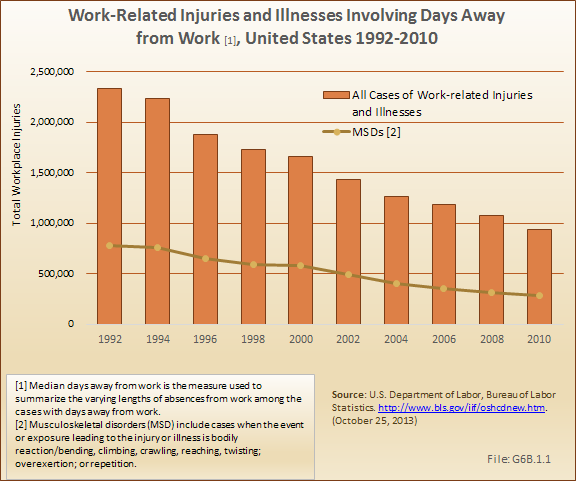
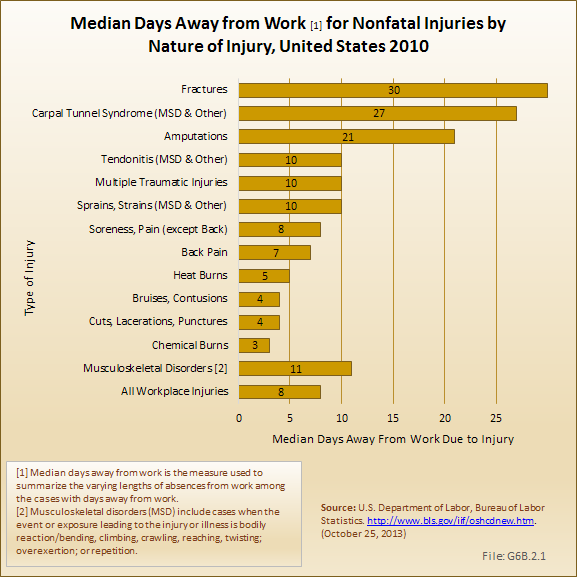
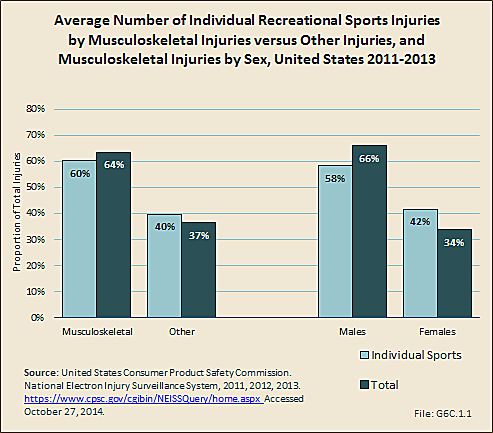
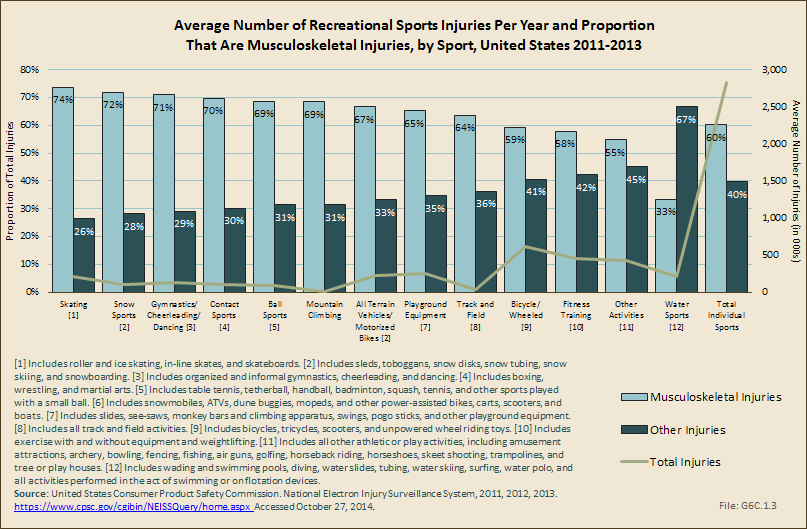
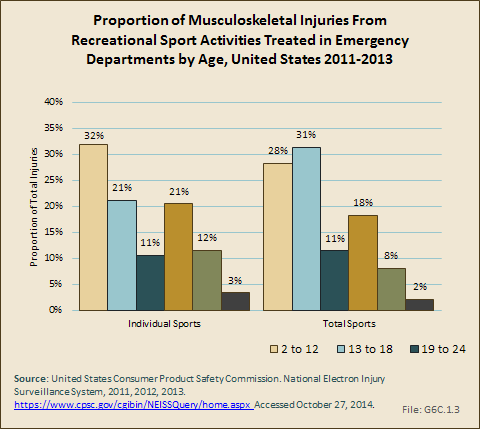
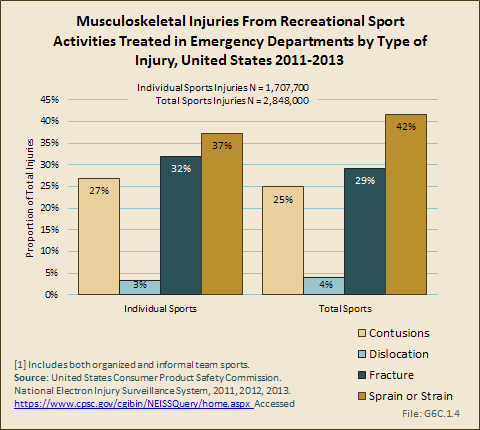
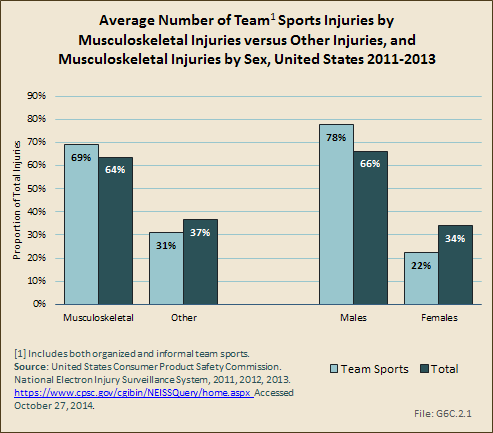
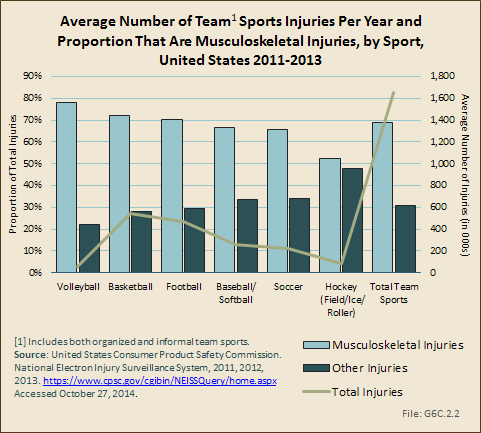
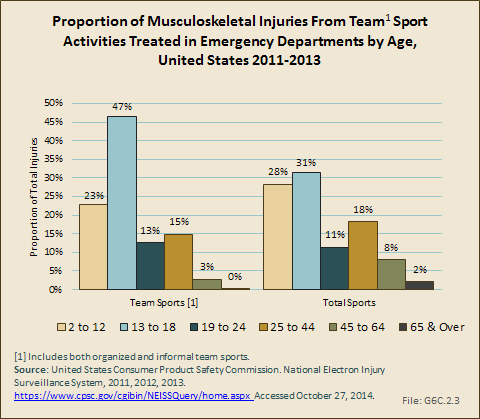
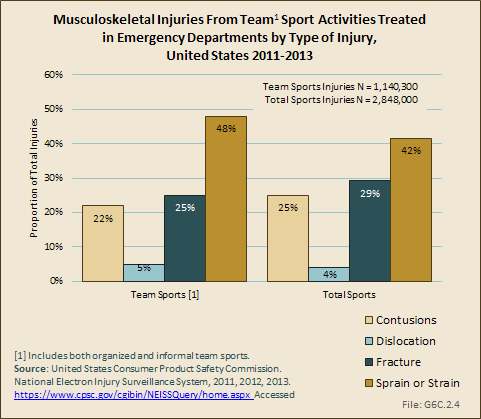
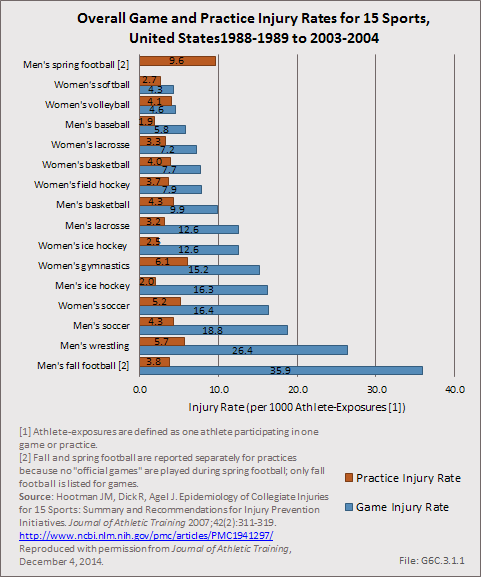
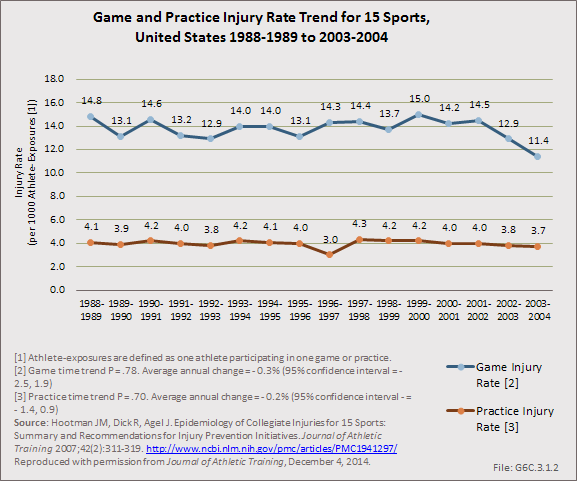
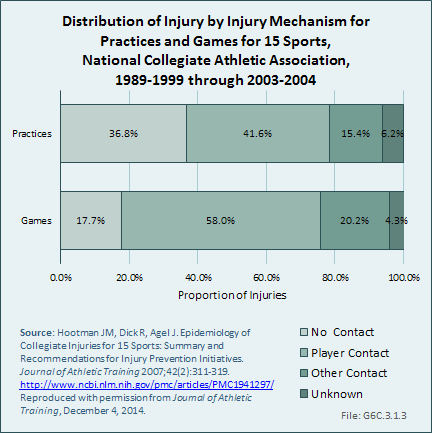
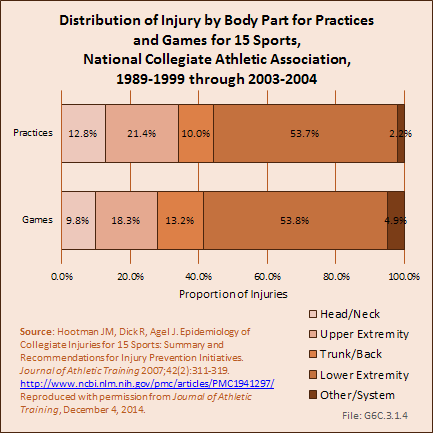
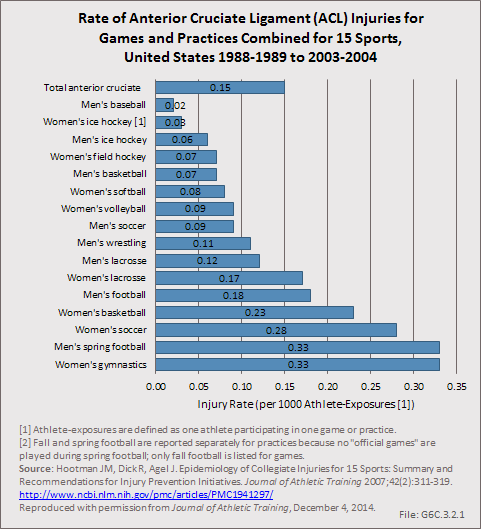
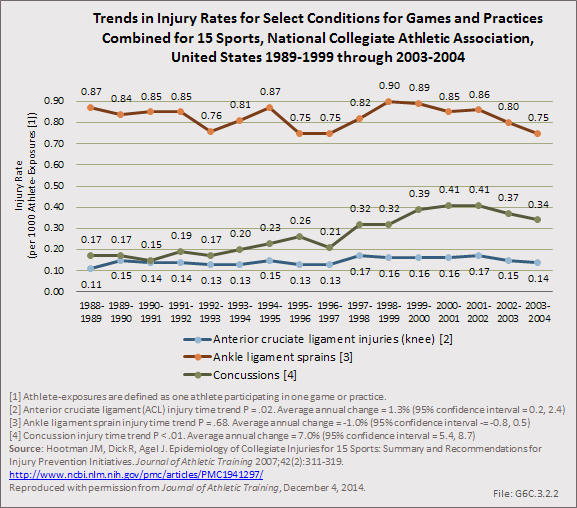
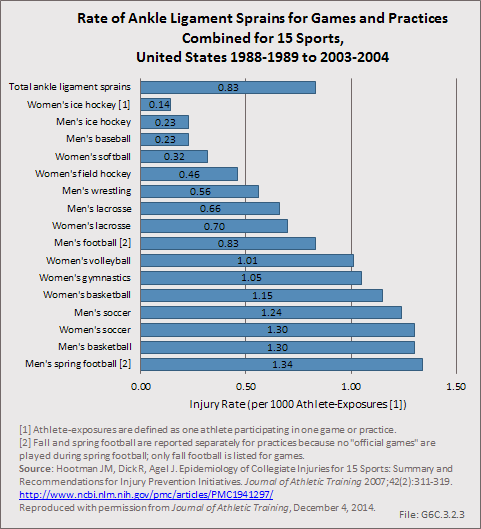
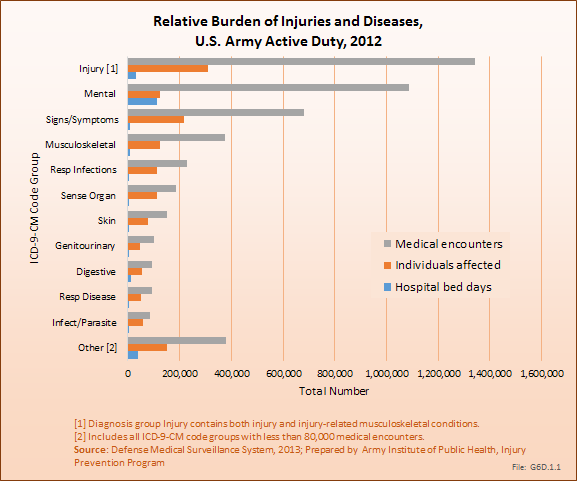
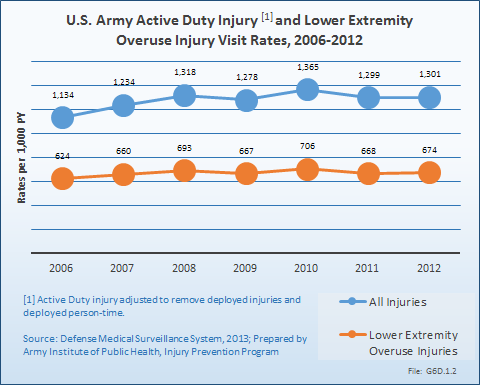

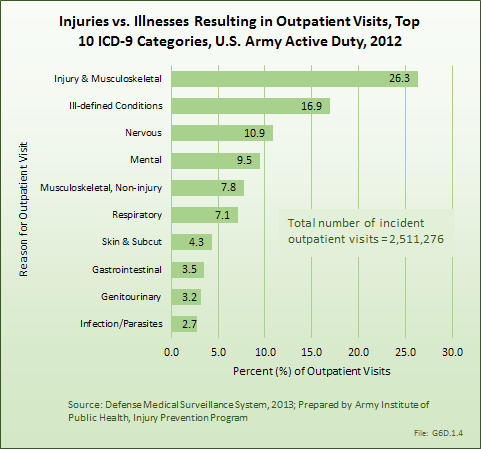
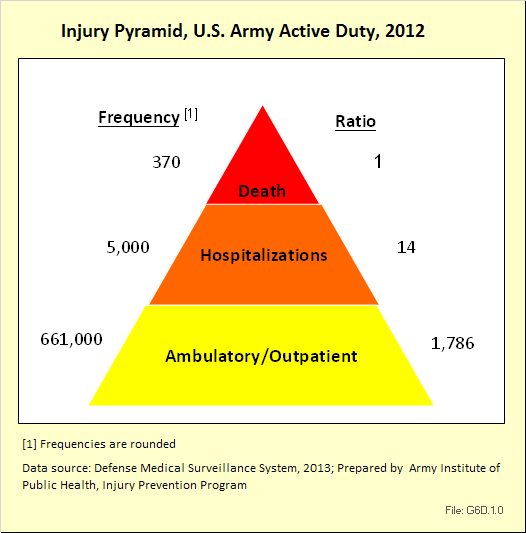
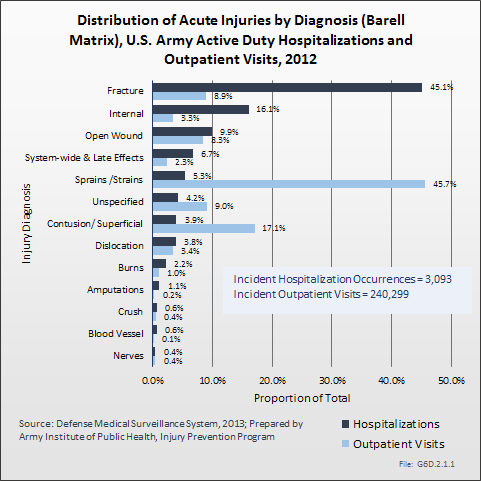
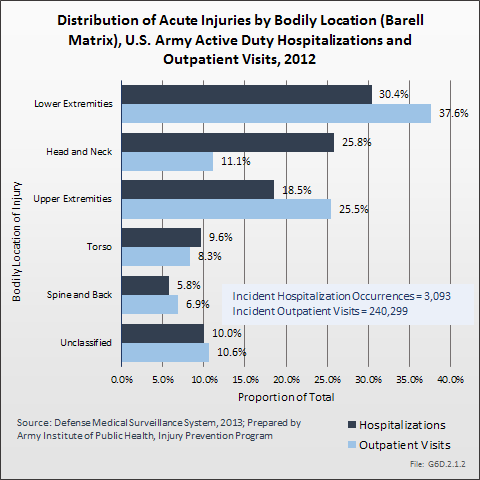
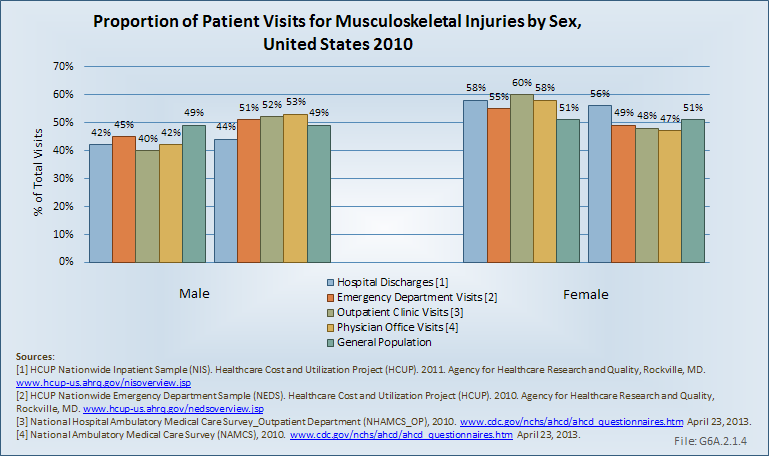
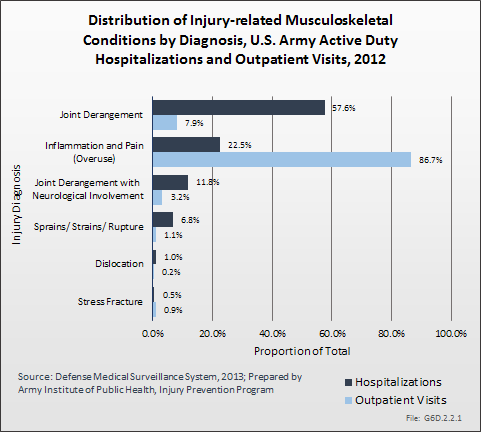
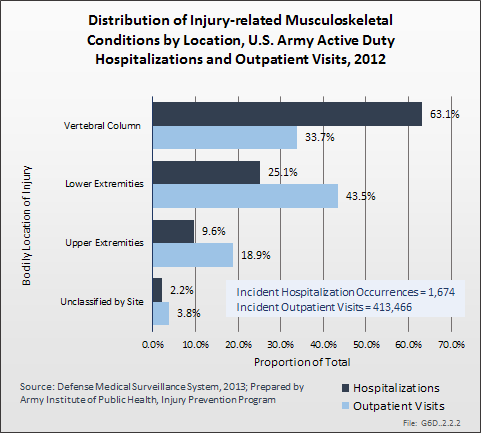
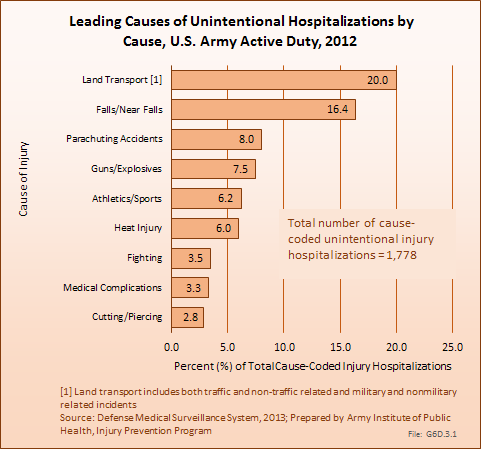
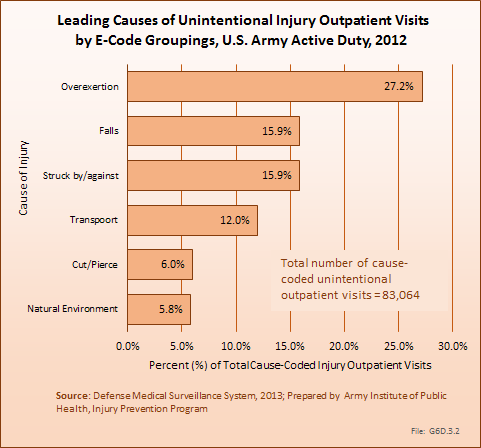

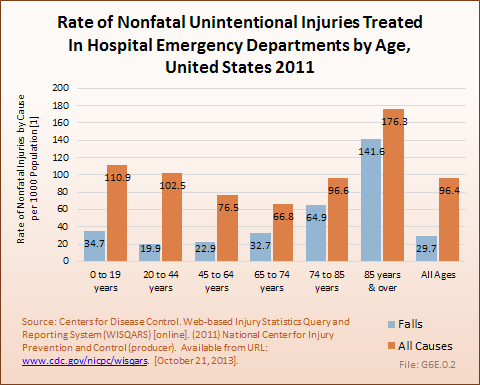
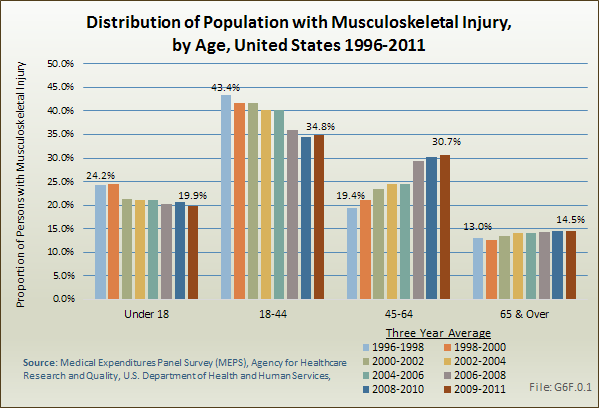
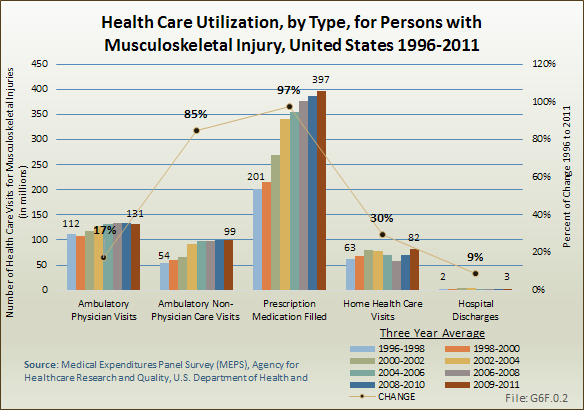
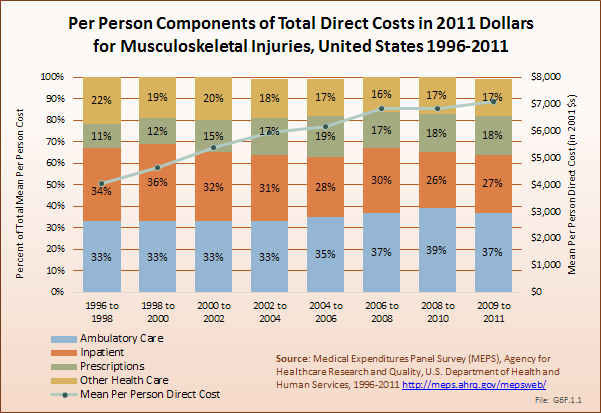
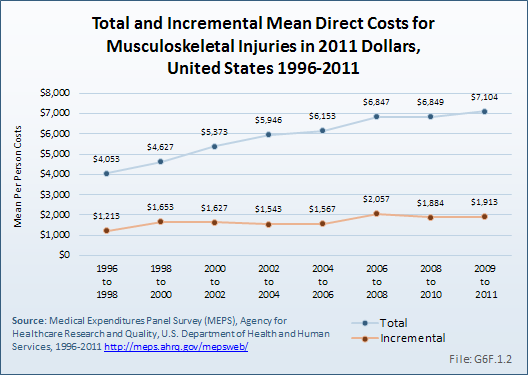
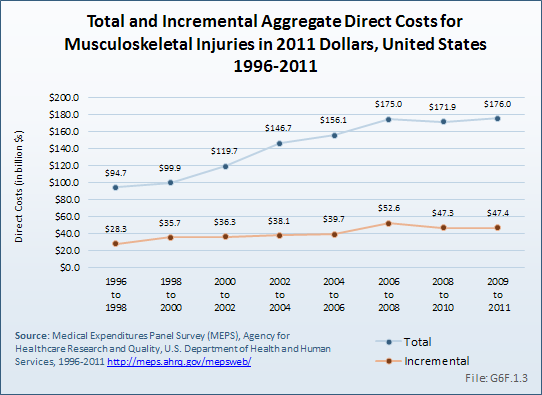
 Download as CSV
Download as CSV